9 Ways to Open Group Policy Editor on Windows 11
Get Free Scanner and check your computer for errors
Fix It NowTo fix found issues, you have to purchase the full version of Combo Cleaner. Free trial available. Combo Cleaner is owned and operated by Rcs Lt, the parent company of PCRisk.com read more.
How to Open Group Policy Editor on Windows 11
When troubleshooting various issues on Windows 11, you may have to open and configure specific group policies using the Local Group Policy Editor. This article will show you multiple ways to open it.
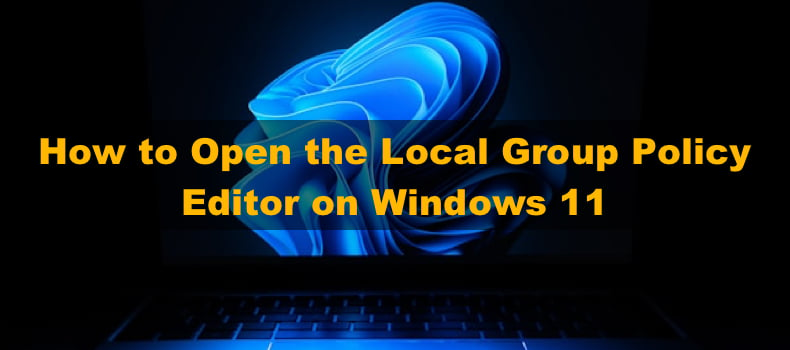
What is the Group Policy Editor?
The Local Group Policy Editor is a system utility that allows you to edit local group policy settings on your computer. The Group Policy Editor is handy when you want to configure settings that are unavailable in Windows Settings.
Video Tutorial on How to Open Local Group Policy Editor
Table of Contents:
- Introduction
- Method 1. Open Local Group Policy Editor Using Windows Search
- Method 2. Open Local Group Policy Editor Using Run
- Method 3. Open Local Group Policy Editor from the Windows Settings App
- Method 4. Open Local Group Policy Editor Using File Explorer
- Method 5. Open Local Group Policy Editor from Control Panel
- Method 6. Open Local Group Policy Editor Using Task Manager
- Method 7. Open Local Group Policy Editor from the System32 Folder
- Method 8. Open Local Group Policy Editor Using Command Prompt
- Method 9. Create a Desktop Shortcut for the Local Group Policy Editor
- Video Tutorial on How to Open Local Group Policy Editor
Download Computer Malware Repair Tool
It is recommended to run a free scan with Combo Cleaner - a tool to detect viruses and malware on your device. You will need to purchase the full version to remove infections. Free trial available. Combo Cleaner is owned and operated by Rcs Lt, the parent company of PCRisk.com read more.
Method 1. Open Local Group Policy Editor Using Windows Search
Windows Search is a handy tool that facilitates finding documents, apps, system settings, and other items on your PC.
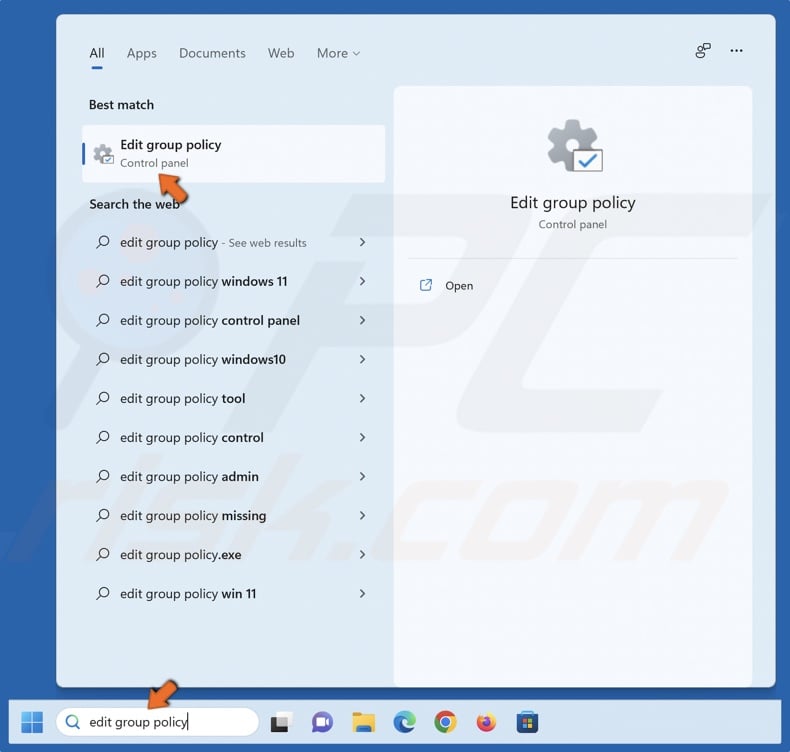
1. Click on the Search box in your taskbar or hold down Ctrl+S keys to open the search menu.
2. Type in Edit group policy or gpedit in the search box and click on the best match.
If you get the "Windows cannot find gpedit.msc" error, it is because you have Windows 11 Home Edition. In such a case, you must upgrade to Windows 11 Pro Edition to gain access to the Group Policy Editor.
Method 2. Open Local Group Policy Editor Using Run
The Run command window is another handy tool to open various Windows apps and settings, including the Group Policy Editor.
1. Hold down Windows+R keys to open the Run dialog.
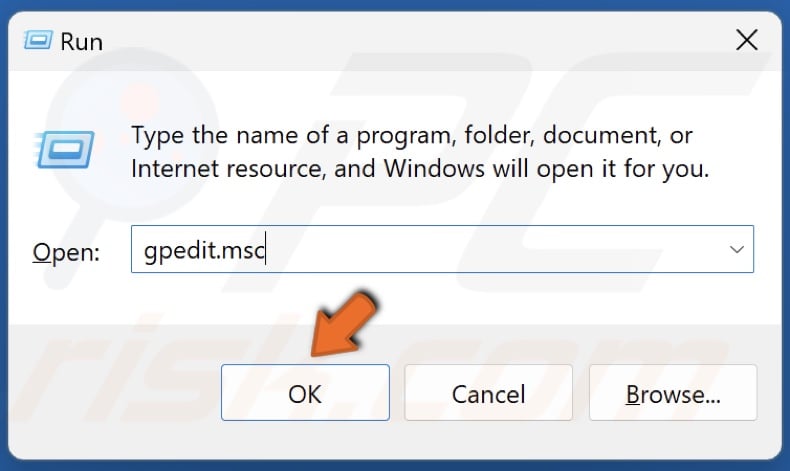
2. Type gpedit.msc in the Run dialog box and click OK.
Method 3. Open Local Group Policy Editor Using File Explorer
Another easy way to open the Local Group Policy Editor is using File Explorer.
1. Hold down Windows+E keys to open File Explorer.
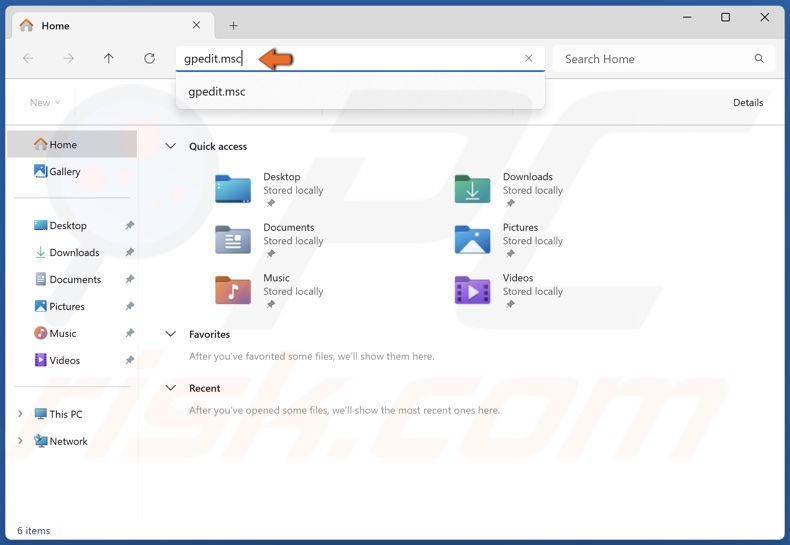
2. Type gpedit.msc in the File Explorer address bar and press the Enter key.
Method 4. Open Local Group Policy Editor from the Windows Settings App
The Windows Settings app is where most of the Settings for Windows 11 can be found. You can easily access the Local Group Policy Editor by using the search box in the Settings app.
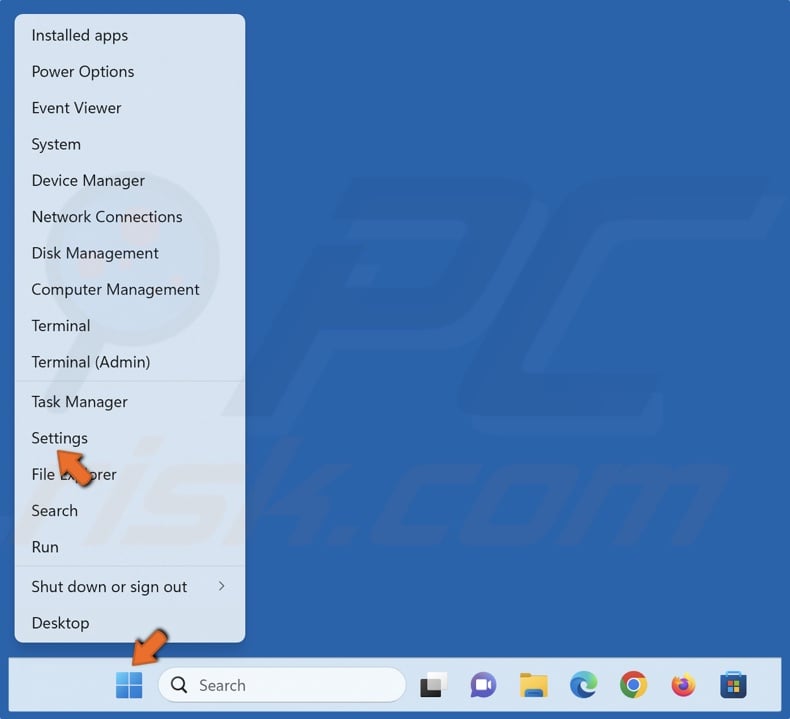
1. Right-click Start and click Settings.
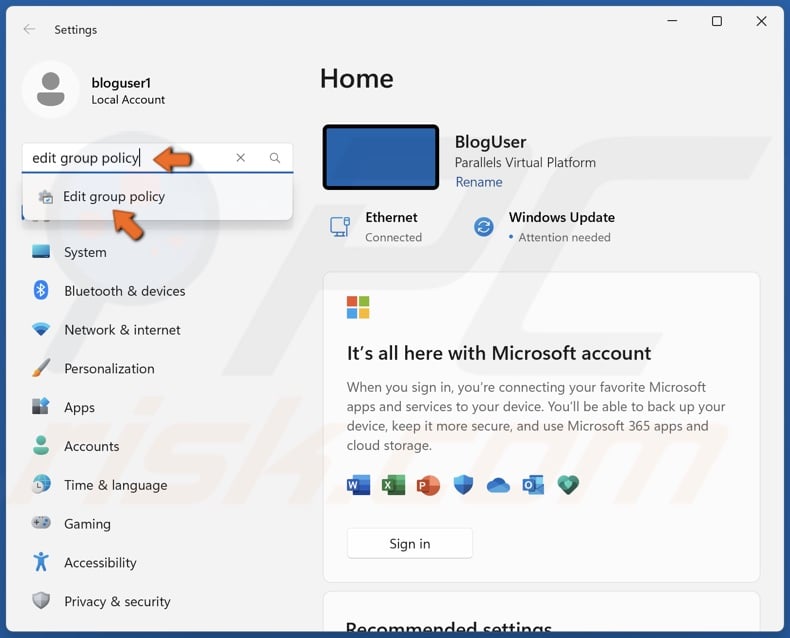
2. Type Edit group policy or gpedit.msc in the search box in the top-left corner.
3. Click the Edit group policy result.
Method 5. Open Local Group Policy Editor from Control Panel
While Microsoft moved many Control Panel apps and settings to the Settings app, Control Panel is still available on Windows 11.
1. Hold down Windows+R keys to open Run.
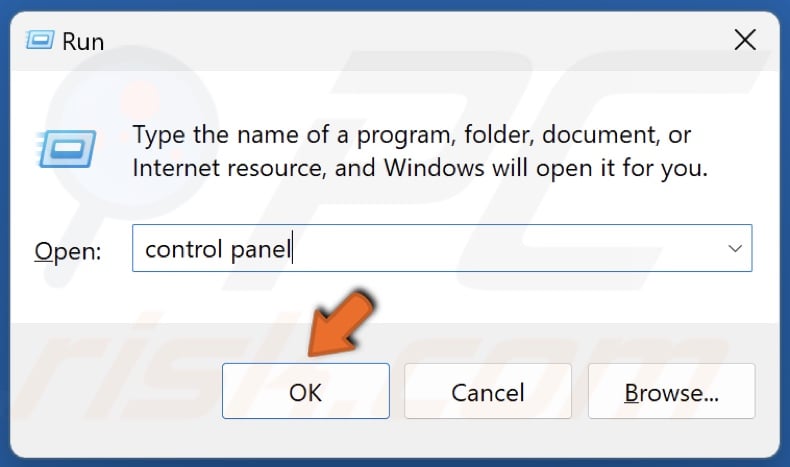
2. Type Control Panel in the Run dialog box and click OK.
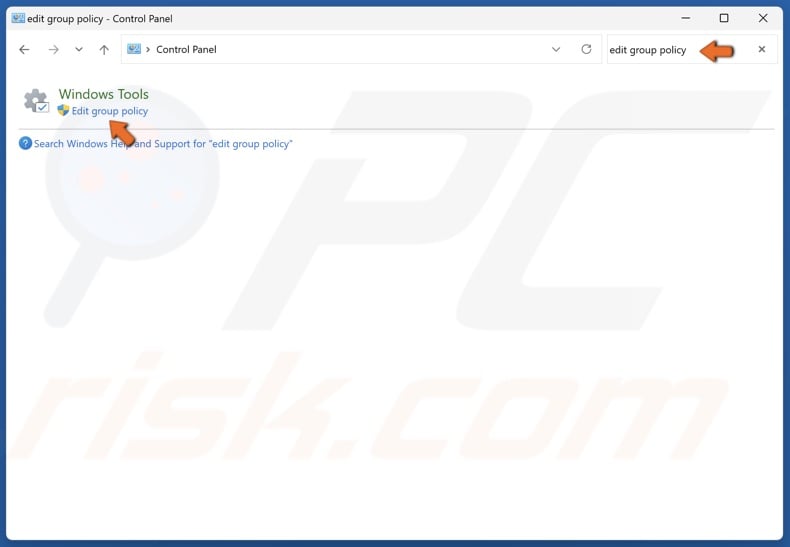
3. Type Edit group policy in the Control Panel search box in the top-right corner. The Group Policy Editor will appear in the search results as you type.
4. Click the Edit group policy search result.
Method 6. Open Local Group Policy Editor Using Task Manager
The Task Manager allows you to monitor system processes and force-close unresponsive programs. Like Run, the Task Manager also allows you to launch programs, including the Group Policy Editor.
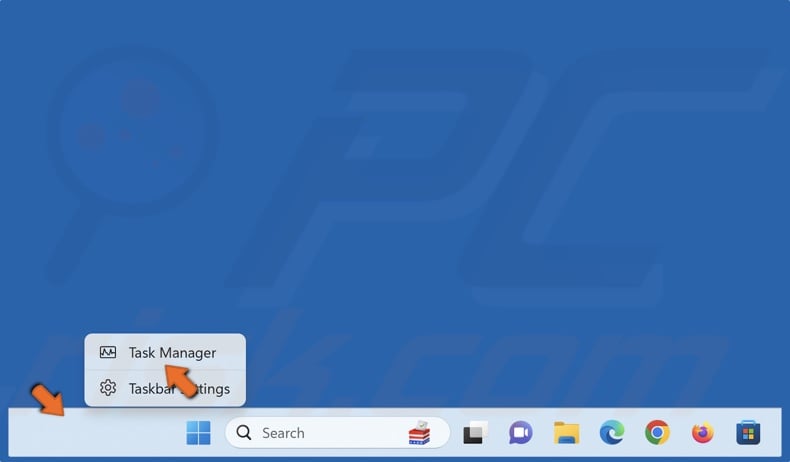
1. Right-click the Taskbar and select Task Manager.
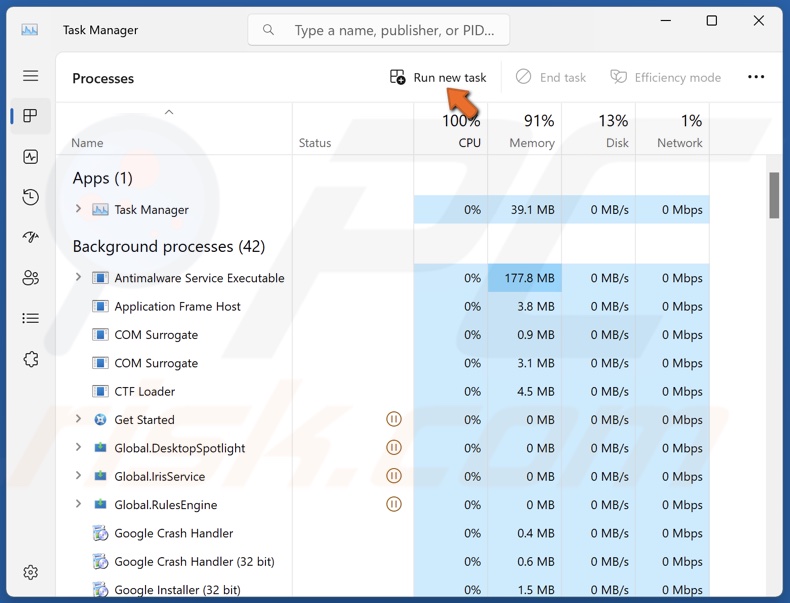
2. Click Run new task at the top of the window.
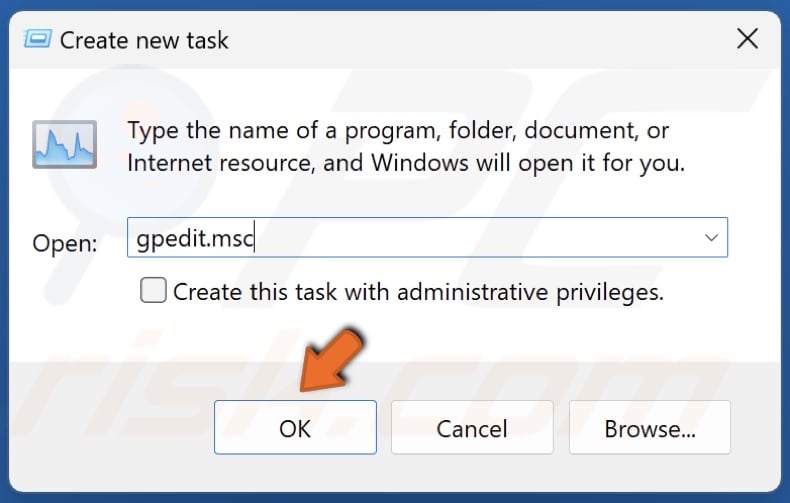
3. Type gpedit.msc in the Create new task dialog box and click OK.
Method 7. Open Local Group Policy Editor from the System32 Folder
You can also directly open the Local Group Policy Editor by running its executable in the System32 folder.
1. Hold down Windows+E keys to open File Explorer.
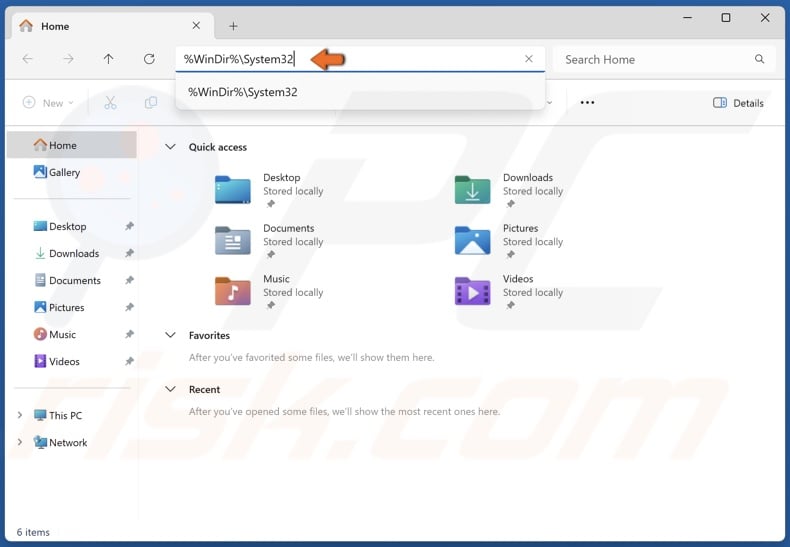
2. In the File Explorer search bar, type in:
%WinDir%\System32
3. Press Enter.
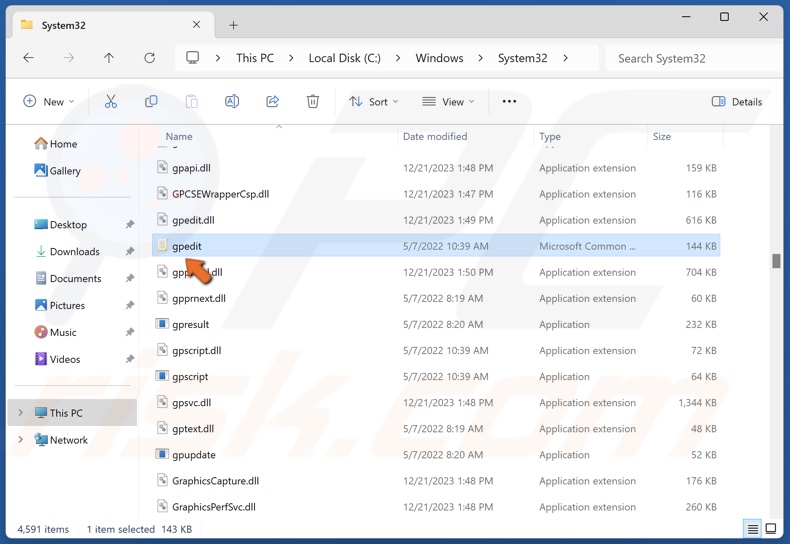
4. Scroll through the folder and find gpedit.msc.
5. Once found, double-click gpedit.msc to open the Local Group Policy Editor.
Method 8. Open Local Group Policy Editor Using Command Prompt
The Command Prompt is invaluable when trying to troubleshoot various system errors as it allows running commands that are not accessible elsewhere on the system. Nevertheless, you can also use Command Prompt for simple tasks like opening the Local Group Policy Editor.
1. Hold down Windows+R keys to open Run.
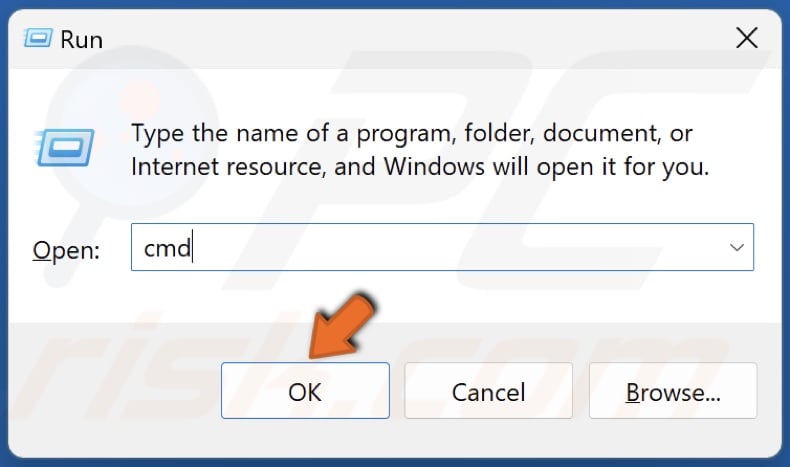
2. Type CMD in the Run dialog and click OK.
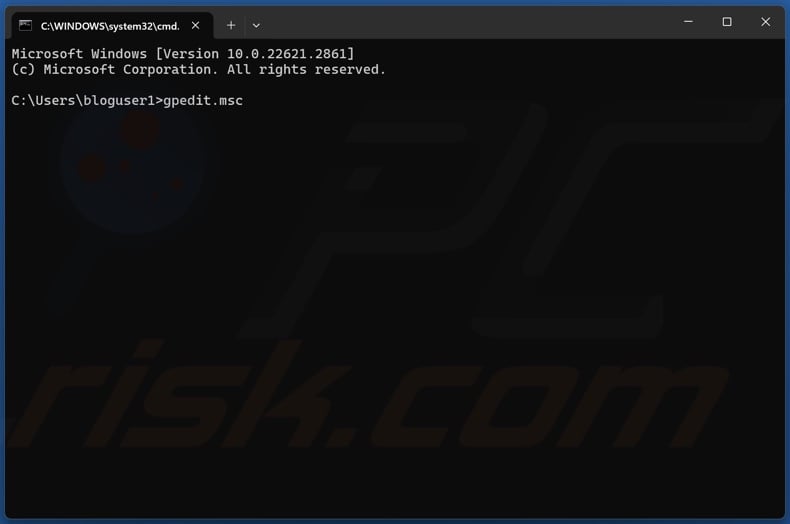
3. Type gpedit.msc in Command Prompt and press Enter.
Method 9. Create a Desktop Shortcut for the Local Group Policy Editor
If you need to use the Local Group Policy Editor regularly, you can create a desktop shortcut to access it quickly.
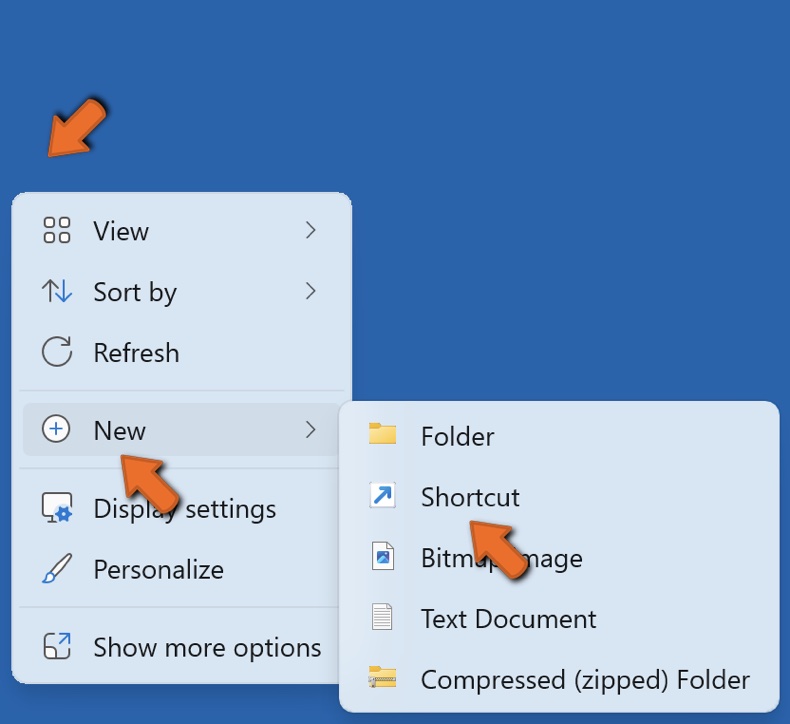
1. Right-click a blank space on the desktop, select New, and click Shortcut.
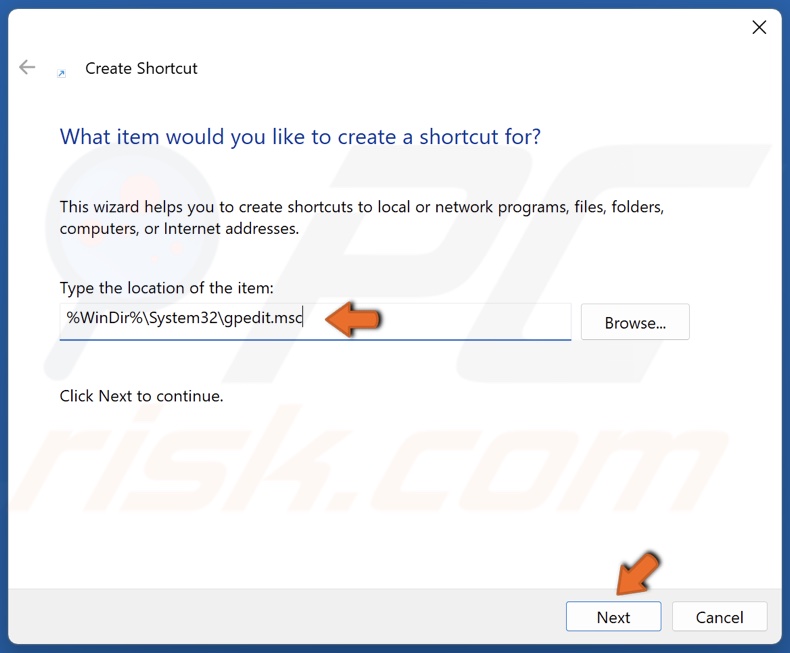
2. In the Create Shortcut window, type in the location of the Local Group Policy Editor, which is as follows:
%WinDir%\System32\gpedit.msc
3. Click Next.
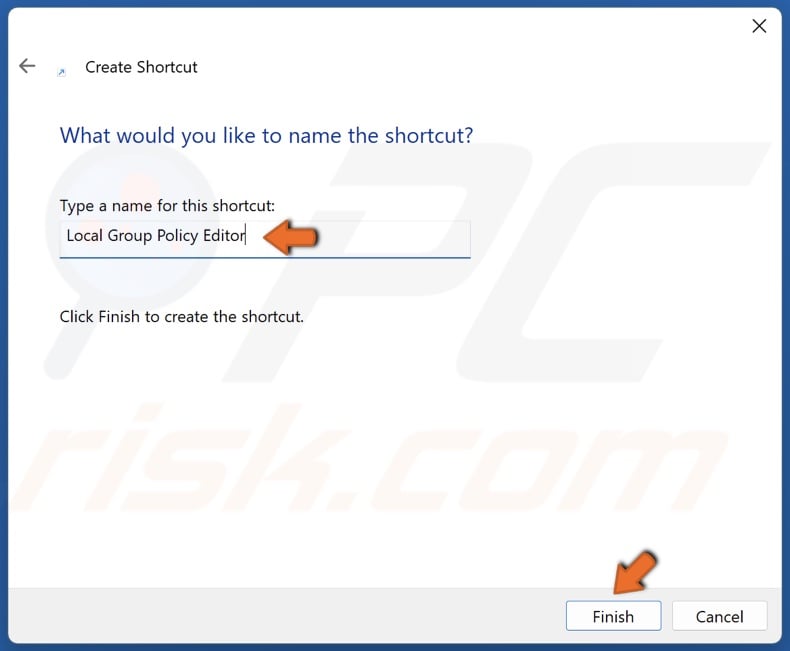
4. Type Local Group Policy Editor in the name box and click Finish.
Did you find this article helpful? Leave us a comment in the Discussion section below.
Share:

Rimvydas Iliavicius
Researcher, author
Rimvydas is a researcher with over four years of experience in the cybersecurity industry. He attended Kaunas University of Technology and graduated with a Master's degree in Translation and Localization of Technical texts. His interests in computers and technology led him to become a versatile author in the IT industry. At PCrisk, he's responsible for writing in-depth how-to articles for Microsoft Windows.

▼ Show Discussion